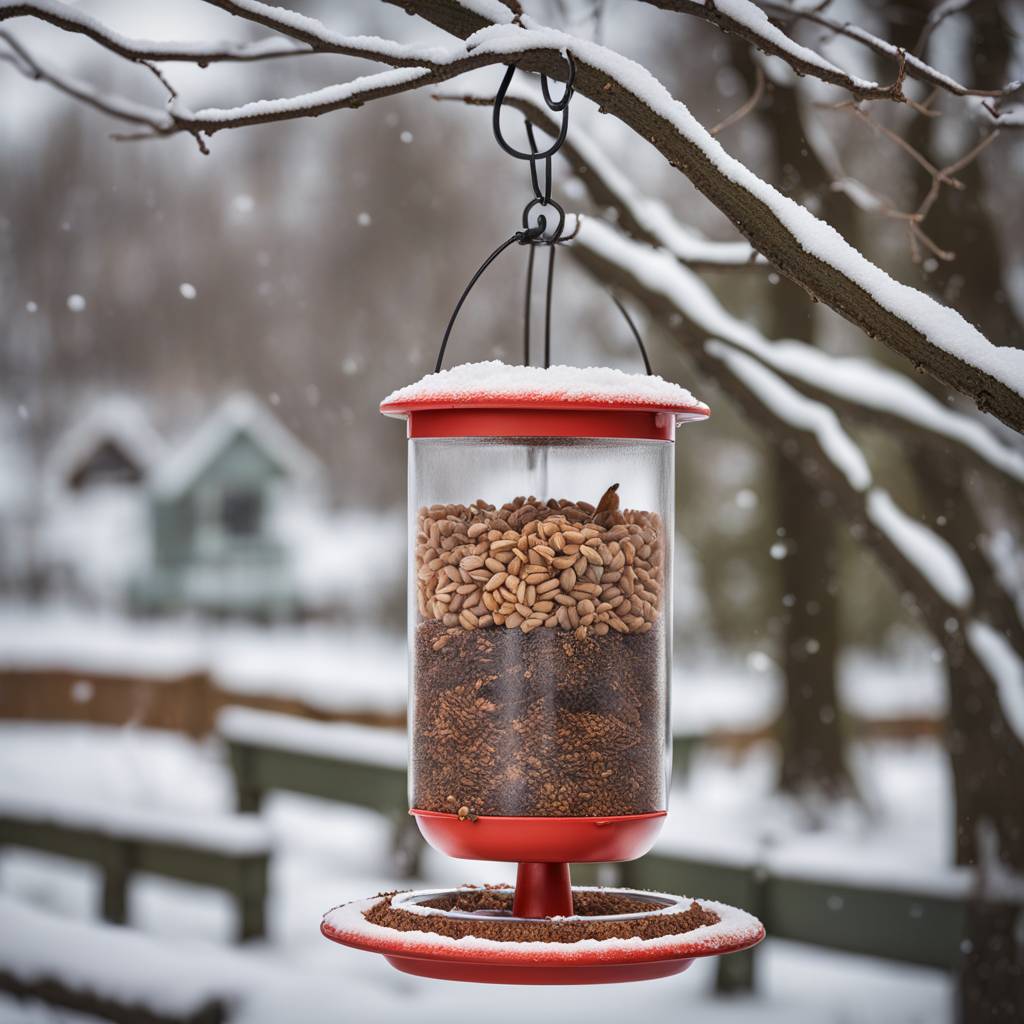The evolution of birdfeeder design throughout the 20th century has been studied by researchers at the University of Helsinki and Aalto University, who consider it an example of multispecies design. Bird feeding is a popular hobby in Western countries, but the design of birdfeeders has been studied less despite its importance in bird feeding practices. The researchers identified four major changes in birdfeeder design, all aimed at excluding unwanted guests such as rats, corvids, or salmonella, rather than simply feeding birds.
Birdfeeders were designed with the intention of keeping small-sized birds safe and providing them with more food by excluding larger or unwanted species. The researchers argue that birdfeeders are not essential for feeding birds, as food can easily be thrown on the ground. The evolution of birdfeeder design was influenced by the interactions between humans and other species, with modifications made to keep unwanted guests away from the feeder.
The research used descriptions of birdfeeders and bird feeding guidelines issued in Finnish newspapers and magazines from the late 19th century to the late 20th century. It combined approaches from environmental history, environmental humanities, design studies, and technology to uncover the role of species other than humans in the evolution of technological artefacts. The evolution of birdfeeder design was marked by clear and discreet phases, with changes made to address specific challenges such as snow and rainwater, predators, and pathogens.
The evolution of birdfeeder design reflects changing attitudes towards species in backyard environments, as humans seek to prevent access by certain species while unwanted guests test the effectiveness of modifications. The discourse surrounding bird feeding in Finnish media has focused on both welcome and unwanted guests, with salmonella being a particularly concerning issue. Research will continue by analyzing photos and stories from Finnish birdfeeding enthusiasts to further understand the relationship between humans, birdfeeders, and the species they attract.
Overall, the evolution of birdfeeder design serves as a case study in multispecies design and highlights the complex interactions between humans and other species. Birdfeeders have evolved to prioritize the safety and well-being of small-sized birds by excluding unwanted guests, demonstrating how technology can be shaped by the needs and interactions of multiple species. Future research will continue to explore the cultural and environmental implications of bird feeding practices.


